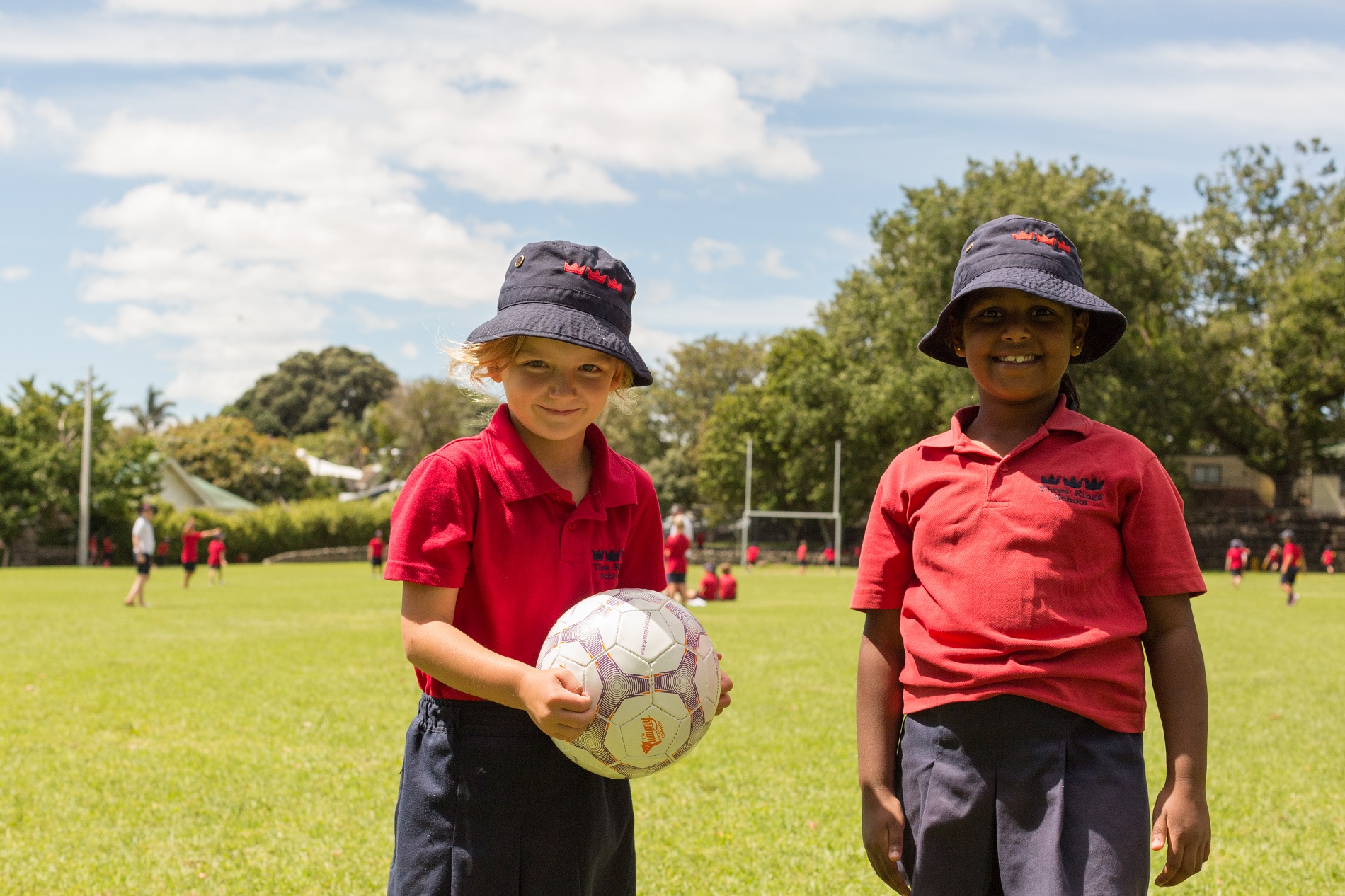Bites, stings and contact with plants or animals: 5 - 9 years

How big a problem is it?
These are serious injuries caused when a child is struck, bitten or otherwise injured by a plant or animal such as a dog or insect.
Who does it affect?
Children aged 5 - 9 are vulnerable to all the different types of injury in this category but contact with dogs is the largest single cause of injury. For this age group, dog-bites were the cause of nearly 60 percent of hospitalisations for this injury cause.
Stings are another risk factor for this age group, who are at greater risk of being bitten or stung by a nonvenomous insect than children aged 10 and over. Māori had the highest rate of hospitalisation from 2013-2017, with more than twice the rate of European children. Pacific Island children had the second highest rate. Māori children are especially prone to being injured from contact with a dog with injury rates at around four times the rate of European children (Note that these rates are for all children aged 0 -14 years).
The evidence for actions that prevent these injuries is not as strong as other types of injury. We have some tips for which the evidence is uncertain but we still do recommend you consider them a possible prevention for these types of injury.
Top Tips
Have good conversations with families about the possible benefits of neutering male dogs and avoiding choosing unsafe breeds as pets
Separate babies and infants from dogs
Supervise and restrain the dog when near young children.
Educate everyone in the home about the potential risks
Educate children how to interact with unfamiliar and pet dogs (see links below)
Remind older children to slow down if running or playing around the younger ones, to reduce the risk of collisions.
First Aid
If your young child is injured by a dog, sting or having crashed into another child and is unconscious, find CPR instructions below.
If you are not alone, call 111 or ask someone to call for you.
Do not stop performing CPR until medical help arrives and takes over.
Control bleeding by applying pressure with an absorbent cloth or pad
If you are not alone, get non-urgent advice from HealthLine (0800) 611 116 or the National Poisons Centre 0800 764 766 in the case of jellyfish, insects and spider bites etc.
First aid treatment for jellyfish stings, insect and spider bites Flush with water and gently remove any tentacles. Hot water is a good option but exercise caution as babies and infants are vulnerable to burns from hot water.
If your child has a body part, such as a fingertip, that has been bitten off, put the part that was cut off in a sealed plastic bag right away. Put the bag in a container with ice water.
If you suspect a broken or fractured bone see the first aid steps here at this KidsHealth fracture page.
Tetanus
Antibiotics and a tetanus vaccination or booster may be required. For more information about tetanus, see the Safekids link below or contact the Immunisation Advisory Centre 0800 IMMUNE (466863). See the Immunisation Advisory Centre tetanus page here.
Follow DRS ABCD to start CPR
D Dangers? Check for any dangers to yourself such as electricity or traffic.
R Responsive? Check responsiveness by calling loudly and shaking the child's arm.
S Send for help. Dial 111 and confirm an ambulance is on its way. Use the appropriate emergency number in other countries.
A Airway. Open the airway by moving the head into a neutral position and lifting the chin. Do not tilt the head back too far.
B Breathing. Look and feel for movement of the lower chest and stomach area. Listen and feel for air coming from the nose or mouth.
C CPR. If the child is not breathing, start CPR - 30 compressions to 2 breaths. Put the child on a firm surface. Place 2 fingers of one hand (for a baby) or the heel of one hand (for a child) in the centre of the chest just below the nipples. Push down hard and fast 30 times in about 15 seconds (push down one-third of chest depth). Once you have completed 30 compressions (pushes) on the chest, breathe into the baby's mouth 2 times. Seal your lips around the baby's mouth and nose. For a child over 1, you may need to breathe into their mouth and pinch their nose closed. Gently puff into the child until you see their chest rise. Continue with the cycle of 30 chest compressions and 2 breaths until the ambulance arrives.
D Defibrillator. Attach defibrillator as soon as it is available and follow prompts.
Links to Safekids’ resources
Child Dog Bite Hospitalisations in NZ
Links other organisations’ resources
Dept Internal Affairs Dog Safety Website
Waikato University Publication: Keeping Our Children Safe Around Dogs
